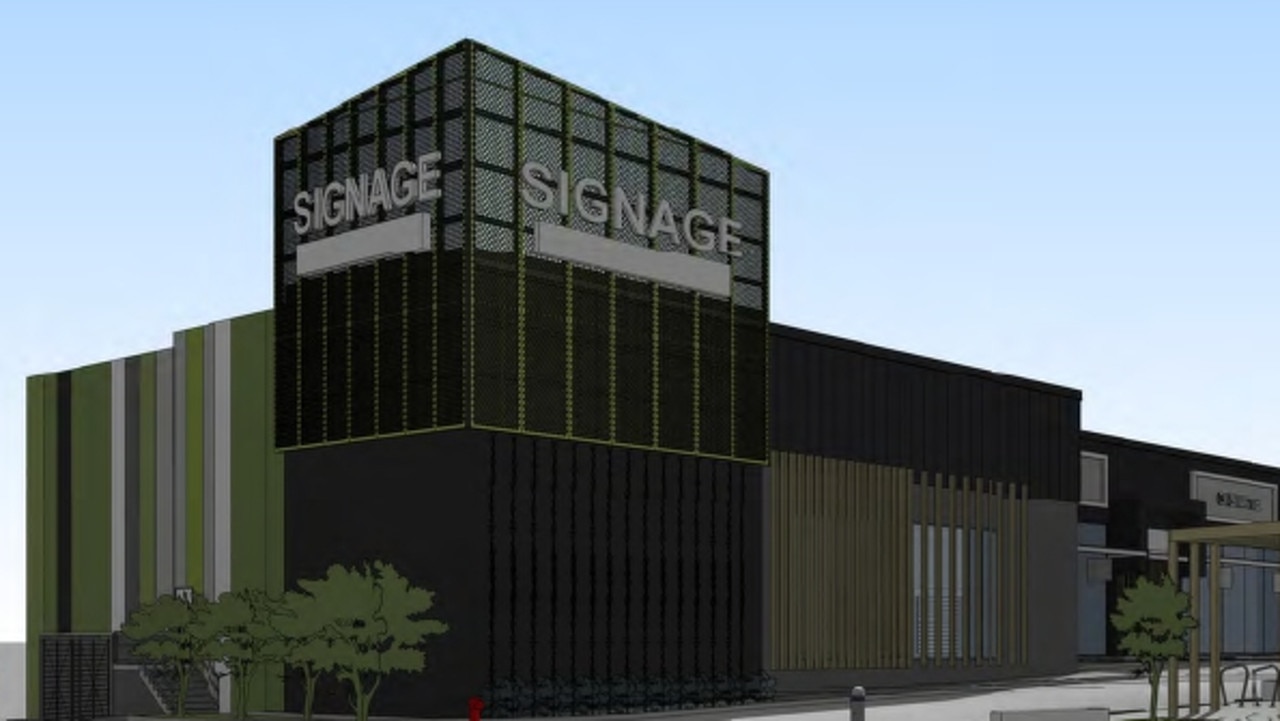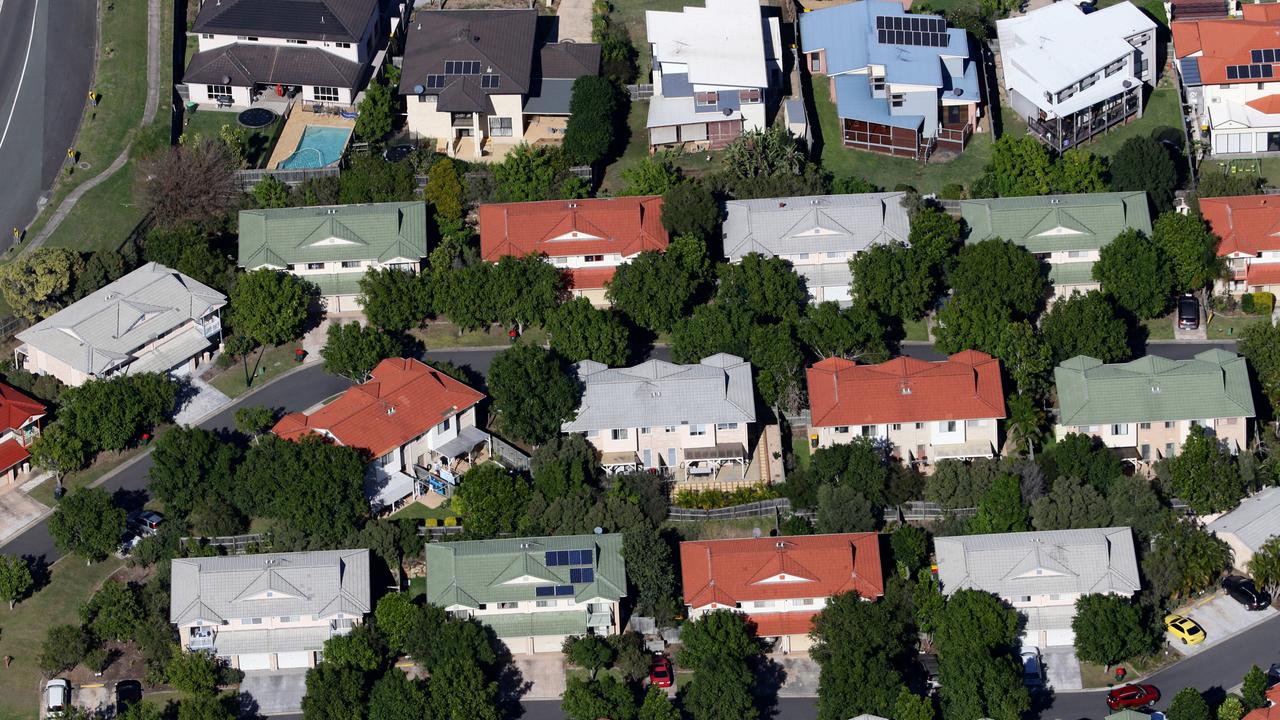Melbourne home dream has $100k income barrier, no housing markets affordable for the average earner
Melbourne’s home dream now has a $100k income barrier as new data reveals how few suburbs are in reach for the average earner. SEE WHAT YOUR INCOME WILL GET YOU.
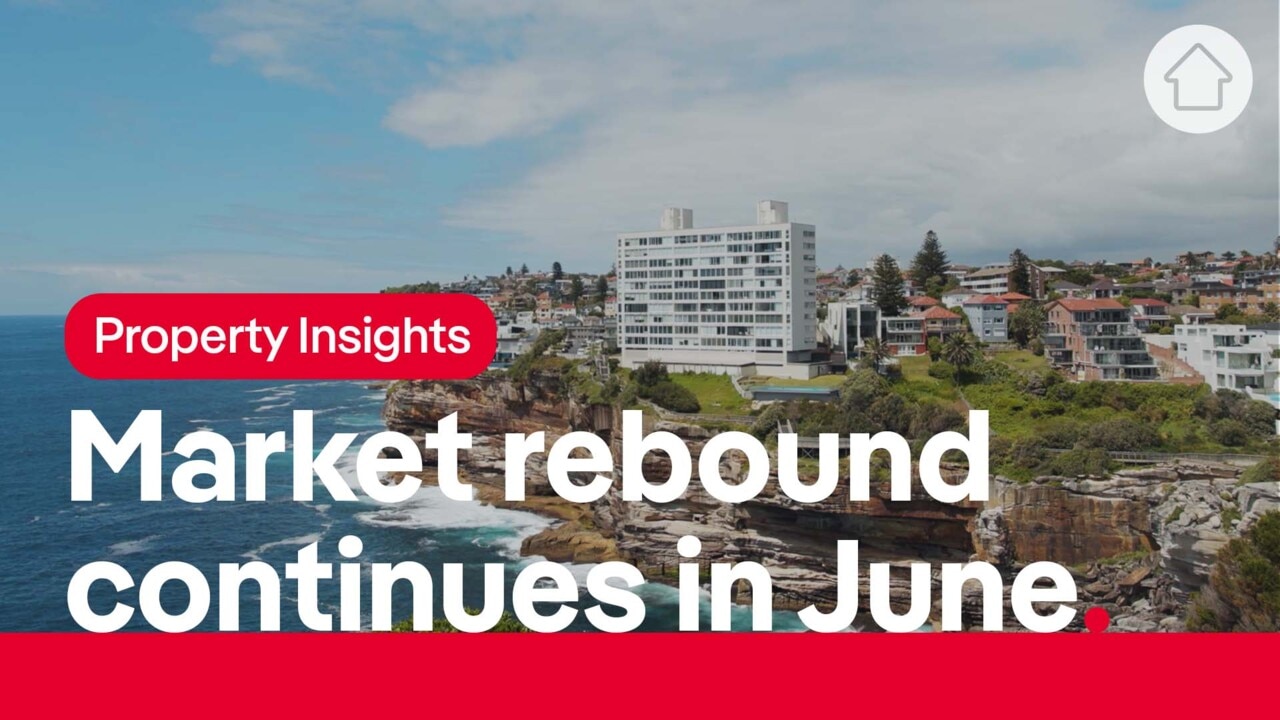
Property
Don't miss out on the headlines from Property. Followed categories will be added to My News.
Melbourne’s family home dream now has a $100,000 income barrier as new data reveals not a single housing market is in reach for the average earner.
Finder.com.au has provided an exclusive cheat sheet for how much homebuyers will need to afford property in each suburb while also avoiding mortgage stress.
But for those seeking a house, it’s dire straits.
RELATED: What income you need to earn to own in every Melbourne suburb
Young family rejected from 60 rentals become homeless as Melbourne rent crisis deepens
Melbourne auctions snare strong results, but more forced sales could hit from October
The research group couldn’t find a single Melbourne suburb where houses were affordable for the average earner, which takes home about $90,000 a year according to 2021 Census data.
And a mortgage broking expert has warned with the increasing cost of living, even those earning enough to make mortgage repayments won’t have cash leftover for luxuries like Netflix and dining out – and even some day-to-day expenses.
In Melton, the most affordable Melbourne market for houses with a median cost of $475,775, buyers would need to earn a minimum of $101,701 annually to make the estimated $600 weekly repayment, without spending more than 30 per cent of their income — which is considered the margin for mortgage stress.
After tax, they would have about $700 in their wallet, which mortgage broker and buyer’s advocate Mario Borg said would barely cover the cost of everyday living expenses, forcing many homeowners to dip into savings.
“Right now if you go to the shops and walk out with a few items, you’re up for a $300 bill,” Mr Borg said.
“The cost of living has gone up significantly and it’s not just home loan repayments, it’s the running cost of a household.
“If you have an actual house you’ll still have to pay council rates, water, electricity and gas, and repairs and maintenance.”
He advised segmenting “fixed costs” – those they have to meet weekly or monthly such as mortgage repayments, bills, car registration or insurance.
“But there’s still absolutely no money left for luxury and people are starting to eat into excess savings just to make ends meet,” Mr Borg said.
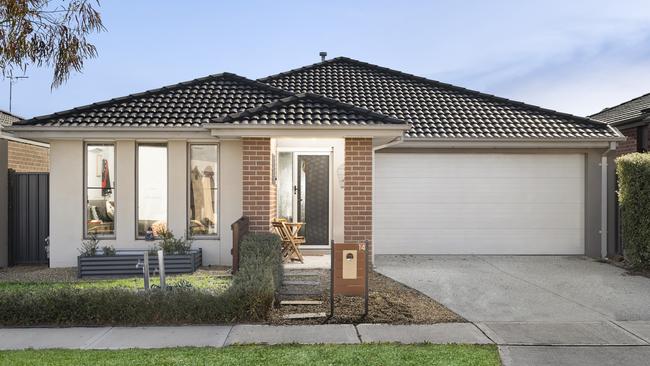
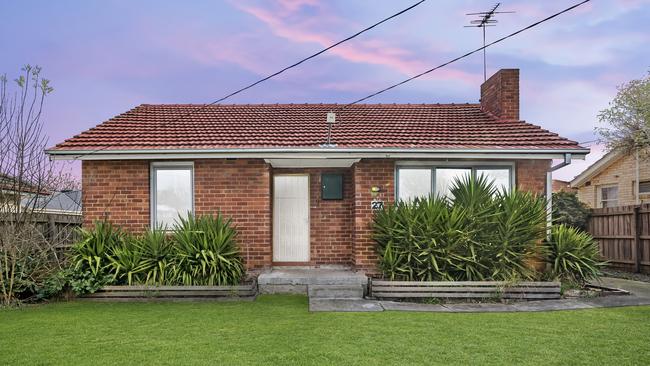
Hocking Stuart Melton director Damien Spiteri said he had noticed a significant increase in young families moving to the area after being priced out of the inner fringes.
“It has always been affordable, but we’re seeing a lot more young families, first-home buyers and investors,” Mr Spiteri said.
“Some are young couples without kids who have two incomes and they’d certainly (have a household income) above $100,000.”
Finder’s minimum income for Melbourne houses has also increased from about $90,000 in November last year, indicating prices at the affordable end haven’t dropped enough to offset a severe cut to buyers’ borrowing power — despite expert predictions of price falls in 2023.
WHERE CAN LOWER INCOME EARNERS AFFORD TO BUY?
There are only four unit markets that provide an affordable entry point for those earning $90,000 or below, without needing to save up a 20 per cent deposit.
Travancore was the cheapest option with the median price for apartments, units and townhouses currently $340,625. Buyers would need to earn at least $72,812 annually to buy a pad in the inner northwest ‘burb with a 10 per cent deposit.
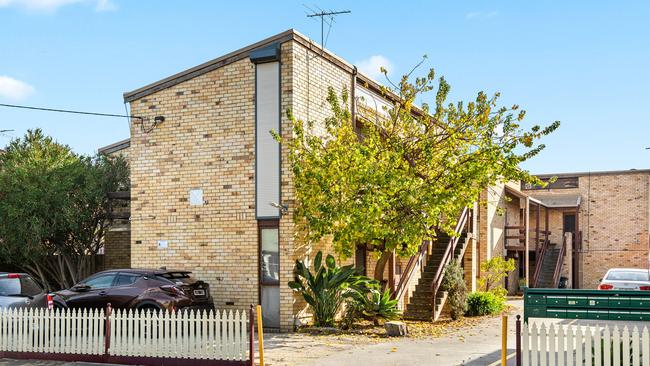
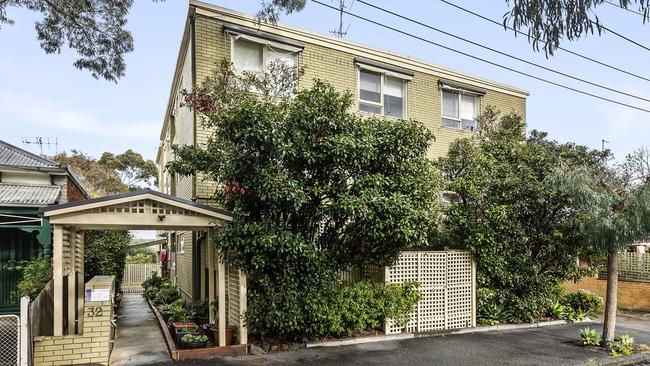
Units in Melton and Melton South are also an option for buyers making about $75,000-$80,000 a year, while the average household would just be able to scrape into the Notting Hill apartment market in Melbourne’s southeast on a $90,248 income.
Finder head of consumer research Graham Cooke said buying a home was “increasingly out of reach”.
“Having a 20 per cent deposit is a general rule of thumb, but it’s getting harder and harder to reach this savings goal, especially for first-time borrowers,” Mr Cooke said.
Mr Borg added that the typical first-home buyer was usually aged in their 20s and earned $60,000-$70,000 a year.
“There are more and more people grouping up to buy together and we’re starting to see a disparity now between houses and apartments,” the buyer’s agent said.
“The cost of land has gone up in so many suburbs and we’re seeing an incredible appetite for apartment-type dwellings because of affordability issues.”
Outside of the inner city, buyers on a lower income bracket may have an easier time securing a home by casting their net wider.
Regional areas such as Bendigo, Warrnambool, Gippsland and even Ballarat offer houses that a $60,000-$70,000 income earner could afford.
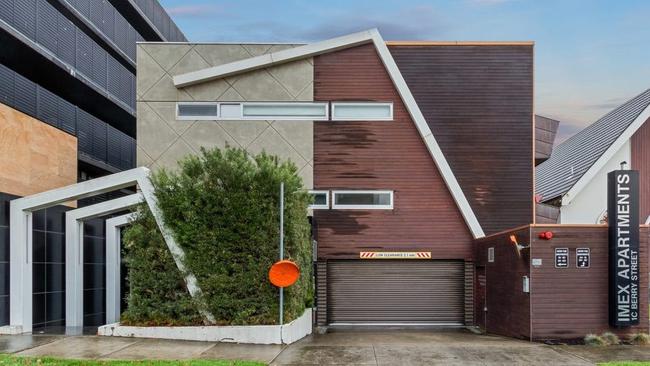
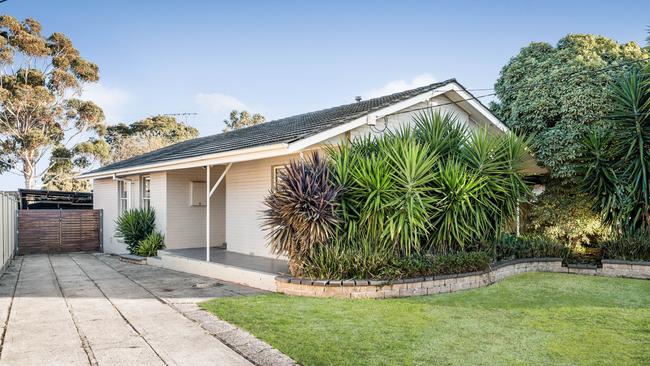
For buyers wanting the best shot of seeing their purchase grow in value, Hotspotting boss Terry Ryder said they might want to aim a little higher for a home in Beveridge or Wallan in the Mitchell Shire, where he believed prices were poised to rise in the near future — naming the pair in his latest Exodus to Affordable Lifestyle report released today.
While Finder’s research shows a minimum household income of $151,190 is required to purchase a house in Beveridge, and $136,200 for Wallan, Mr Ryder said the area’s proximity to Melbourne combined with a growing demand for affordable lifestyle locations within commuting distance to the city indicated strong growth potential.
“With (Mitchell Shire’s) population set to triple over the next 20 years, numerous housing estates are under construction while vast tracts of land are being fast-tracked for rezoning by the Victorian Planning authority,” he said.
“Most of the growth will be focused around Beveridge where 16,000 dwellings are planned, along with an intermodal freight precinct.
“House prices in Mitchell Shire remain considerably less than the median price of Melbourne.”
The typical home costs $707,288 in Beveridge and $637,166 in Wallan, Finder’s data shows.
SAVING EARLY PAYS OFF
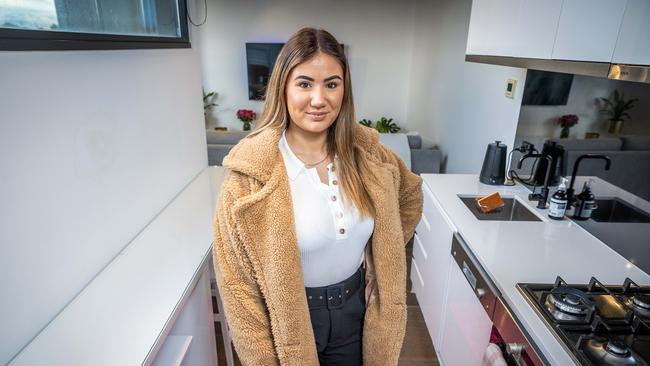
19-year-old property manager Zelta Medenis started saving for her first home at just 13 years old.
Graduating year 12 early, she then landed a full time job at 16 before putting down a deposit on an off-the-plan apartment in Canberra a year later.
But when the company building her apartment went bust, she was forced to re-evaluate her options and put her deposit towards a pad in Melbourne instead — a 600sq m one-bedroom apartment in St Kilda.
“I was looking everywhere and areas like Brunswick and Essendon I found were a lot smaller and there weren’t a lot of facilities,” Ms Medenis said.
“I always look now for what things are selling for and it’s quite significantly more than what I paid, I think I did pretty good at bargaining.”
The first-timer paid $378,000 for her Inkerman St home, which she purchased with the help of buyer’s advocate Amy Lunardi.
“I’m now able to pay my own mortgage instead of rent in this ridiculous rental market,” Ms Medenis added.
“I was lucky enough to score a very adult job when I was 16 and saved my butt off more than ever before putting down my first deposit at 17.”
Sign up to the Herald Sun Weekly Real Estate Update. Click here to get the latest Victorian property market news delivered direct to your inbox.
MORE: AILA awards: Ned Kelly’s childhood home in Beveridge up for heritage landscape gong
James Cameron selling his California ranch for $49.1m after moving to New Zealand
Bunnings Collingwood sold in mega deal as wealthy Holckner family offloads to private investor
emily.holgate@news.com.au
Originally published as Melbourne home dream has $100k income barrier, no housing markets affordable for the average earner


